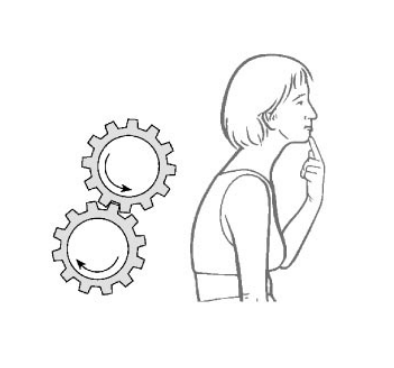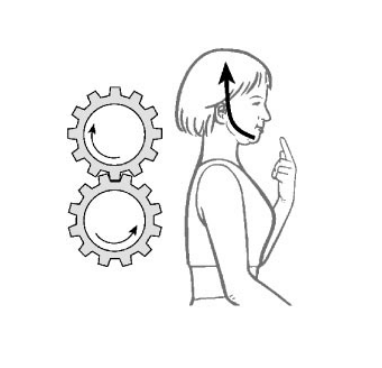
Life today isn’t as it used to be – we spend much more time sitting inside, and not enough time on our feet out in the glorious Queensland sun. There is however one place still fighting the good fight and getting people out to play. In schools across the country there is (and long has been) a heavy emphasis on playing sports and being outside yet as soon as we graduate to adult life, it’s working 40+ hours per week, and seemingly no time to go out and play.
Take a regular weekday for an average full-time worker – that’s 8 hours per day at work and if we’re lucky, the same in bed at night; factor in commuting, eating, cleaning and caring for those we love (both human and fluffy ones) and we’re down to about 4, or even 3 usable hours per day. Which isn’t too shabby, 15-20 hours of free time before you hit the weekend.
Australian guidelines recommend just over 1 hour per day of moderate to vigorous exercise or, at a bare minimum, 30 minutes. Leaving plenty of time spare for Netflix or other indoor activities. But why bother, when I could binge watch shows for the full 4 hours? The recommended amount of exercise has been shown to improve spinal health, balance and posture, and, better still, to reduce the risk of hypertension, heart disease, diabetes type II and even some cancers. This means you’re likely to live longer and in turn, have more time to enjoy the things (or shows) you love.
Get Active
Activity is good great for your health, getting active (and staying active) reduces your chances of getting back pain and better still, is one of the most powerful forms of treatment if you wind up getting back pain. Other ways to look after your spine include taking regular postural breaks (i.e. going outside to play), checking yourself (before wrecking yourself) and finally, having someone else check you (i.e. a Chiropractor).
Professor Stuart McGill, one of the world’s leading back pain researchers (he’s kind of a big deal), recommends three simple exercises (shown below) for preventing low back pain (LBP). Give these exercises a go at home and we can check your technique next time we see you in clinic. Feeling the burn is good, but if these movements are painful, be sure to get in touch with us before adding them to your daily routine.
Image credit vox.com
Chickety-Check yourself
Have a look at inwards, are you sore at a certain time of day? If it’s after a long day in the office, look at workplace ergonomics, if it’s after binge watching telly, have a look at how you’re watching. Other key areas to check include; your shoes (are they wearing evenly, supportive?), your car and, if waking up with aches or pains, your bed or pillow could be the culprit.
Have a Break (not a chocolate)
One of the easiest ways to ‘fix’ an activity that is doing you harm is to take a break from it. If work involves 8 hours in front of a computer, try standing up on the hour, every hour and take a walk outside on your lunch break. There are plenty of simple postural breaks we can teach you like the beginner’s chin tuck (seen below) which, won’t hurt productivity.
Head in to the clinic and we can check your form and make specific recommendations for you, which leads nicely to the next tip –
Get checked
Come on in and see your Chiropractor, Chiro’s spend years studying the spine, nervous system and how our bodies function. We’re big on patient education and happy to explain both the examination process and any important findings produced. Chiropractors regularly work with adults and kids to address pain, headaches, movement dysfunction, mobilise stiff, sore joints and, a whole lot more like enhancing athlete performance, increasing balance and working towards preventing pain. Generally speaking, it’s much easier to manage things proactively rather than after pain strikes.
Now grab your active wear, slip, slop, slap and schedule in some play time today!
Further reading:
The Lancet Low Back Pain Series
Australian Activity Guidelines
Chiropractic Association of Australia



